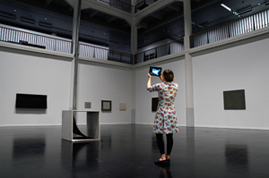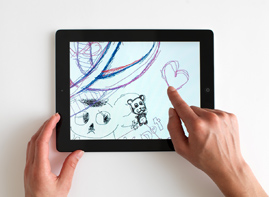Mobile Internet and its Applications
Jürgen Jähnert
Mobile Internet is fundamentally changing the way we work in our digital society. Access to information is no longer the only focus of the Internet today. Instead, driven by various converging processes, the focus is also on intelligently embedding users into the sociological and topological environments of the various forms of Internet service that they use. People like to be able to contact each other at any time and from any place, and to be able to permanently interact with their environment in such a way that their individual needs, habits, and preferences are synchronized with their environment through a semi-automatic system. Furthermore, in addition to pure communication, the aspect of entertainment is also moving into focus. There is thus a trend today towards the development and use of applications, or so-called "apps", which are small, standalone applications that satisfy the individual desires of the users. These requirements have led to a merging of the traditional Internet with the telecommunications network, and to a situation in which mobile communications now dominate over landline telecommunications. This article looks back at the past twenty years of this development and attempts to determine the future prospects of application-driven mobile communication.
Service Integration
For years now there have been endeavours within the telecommunications industry to integrate the telephone and Internet networks - which are currently still separate - into one uniform network platform. The first attempt at achieving such an integration - the so-called Integrated Services Digital Network (ISDN) - was never able fulfil this goal. Since voice and data networks developed separately and are based on completely different models, the process of migrating these two network technologies within the field of network access has yet to be either theoretically or practically achieved. The process is based in two fundamental network philosophies; on the one hand that of circuit switching, and on the other that of packet switching, whereby both of these approaches can be distinguished by different advantages and drawbacks.
[Abstract of the exhibition catalogue: CAR CULTURE. Medien der Mobilität]
|
|

Traffic, 2011
ZKM | Institut für Bildmedien und
ZKM | Medienmuseum

Be Part Of, 2011
Nikolas Brückmann, Alexei Matveev, Yuriy Matveev
|
|